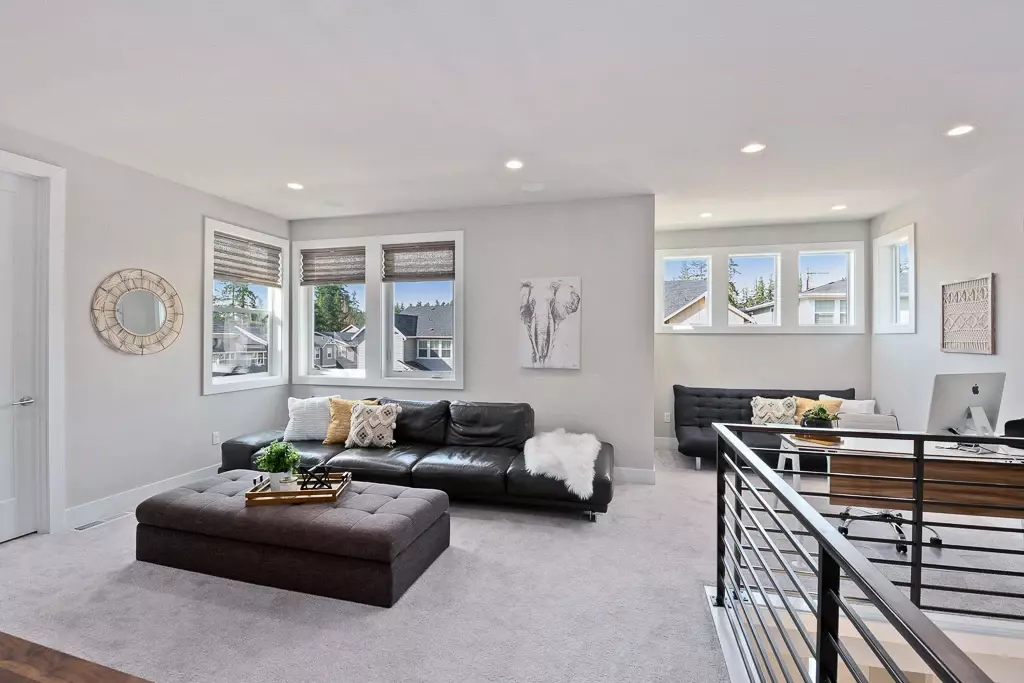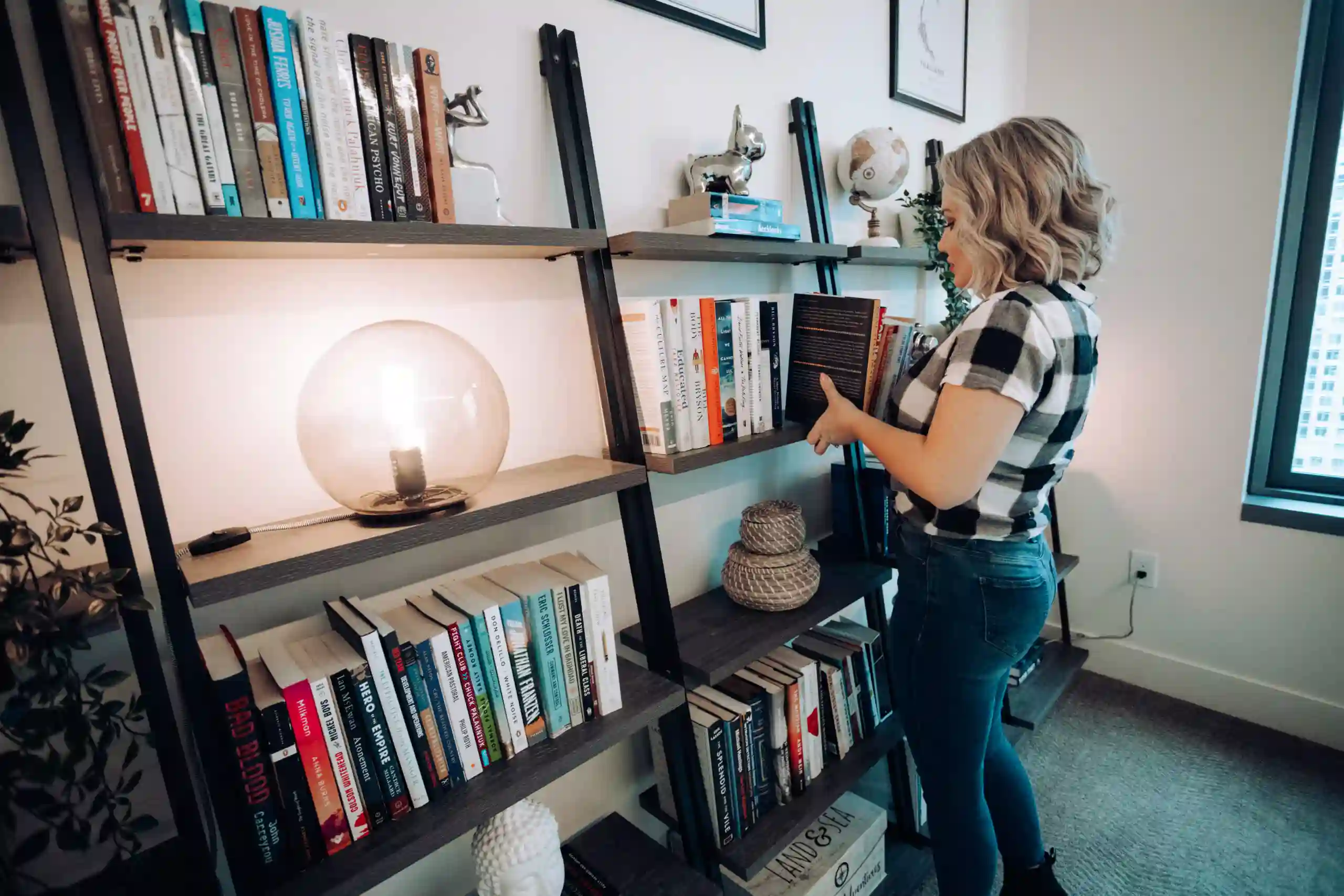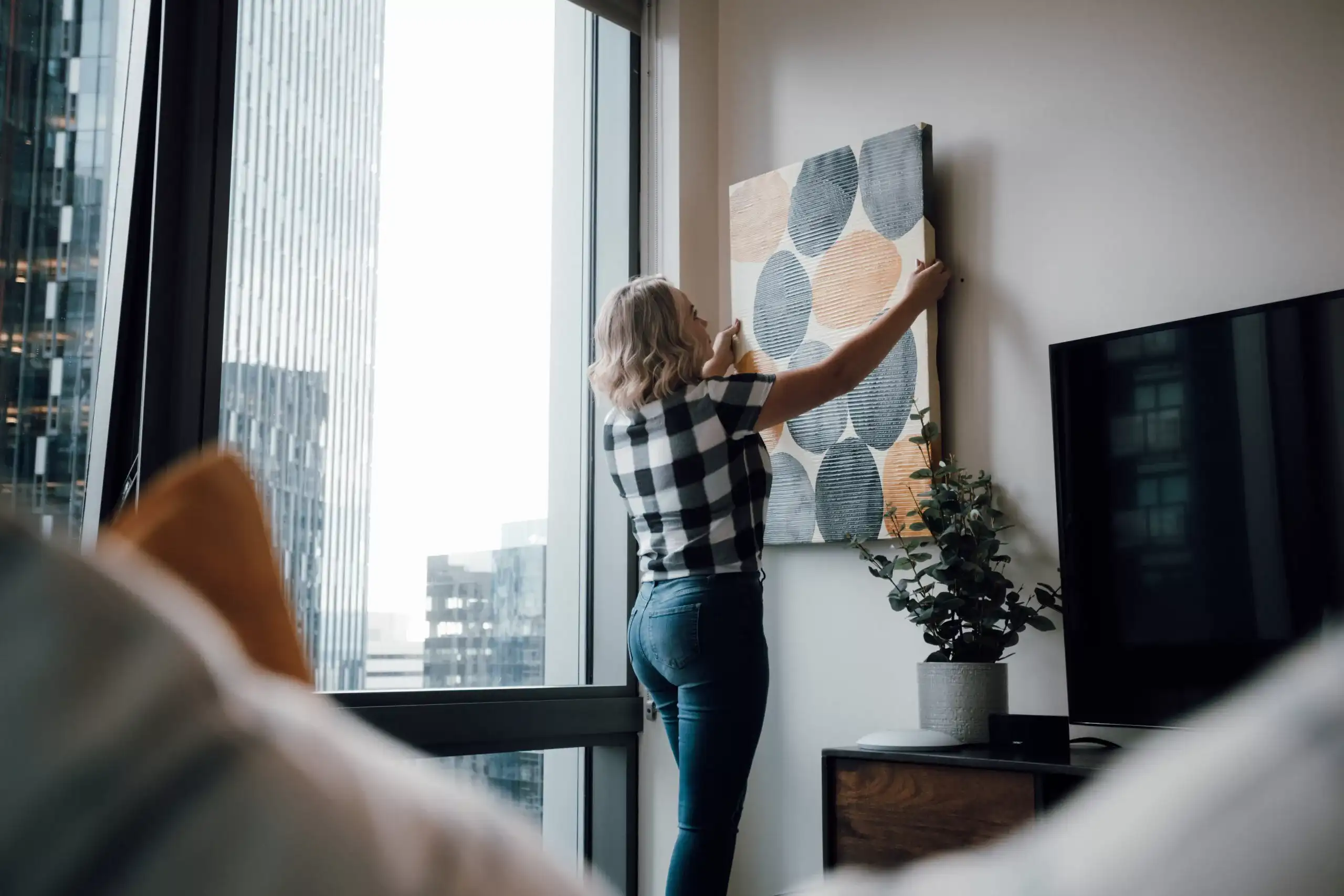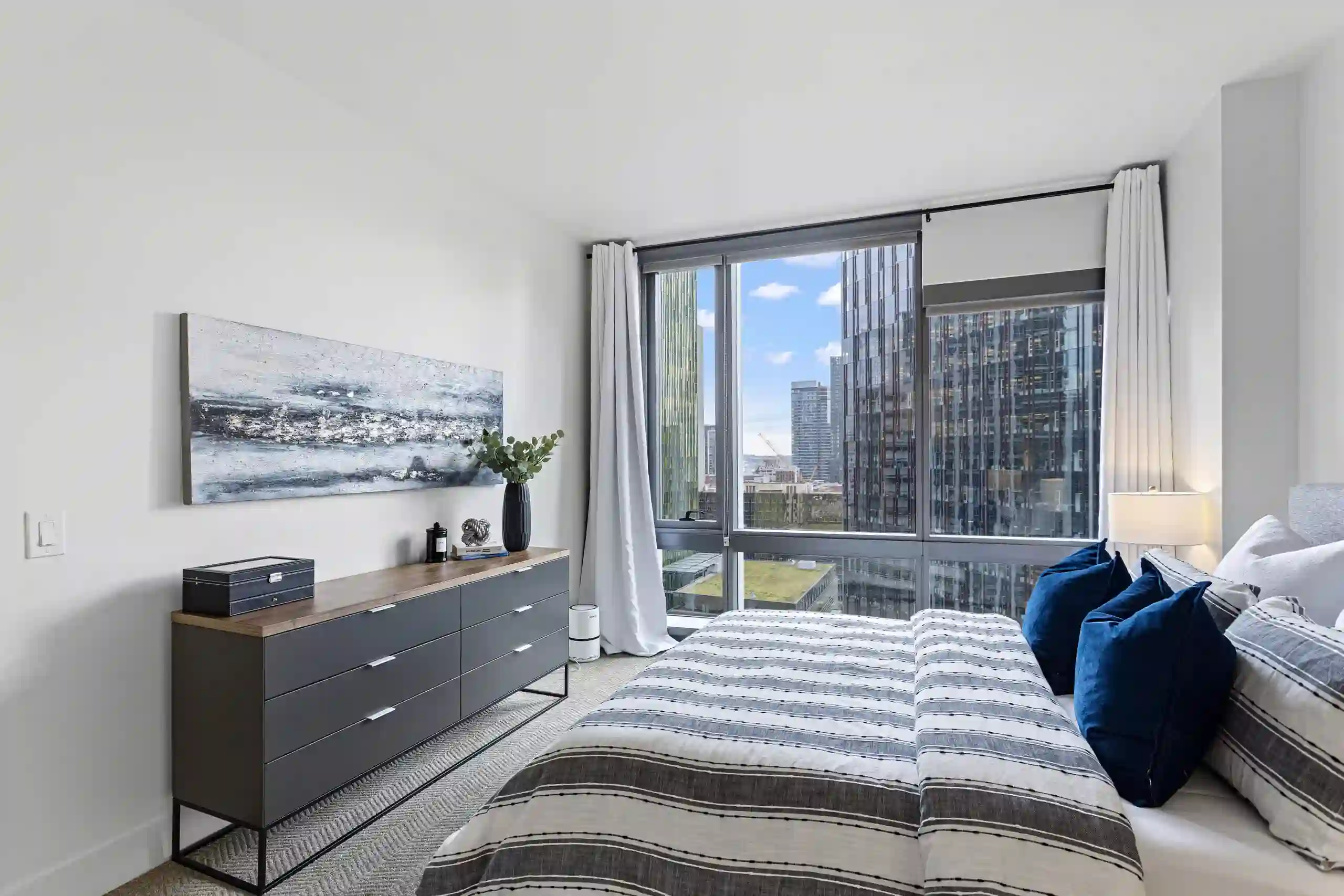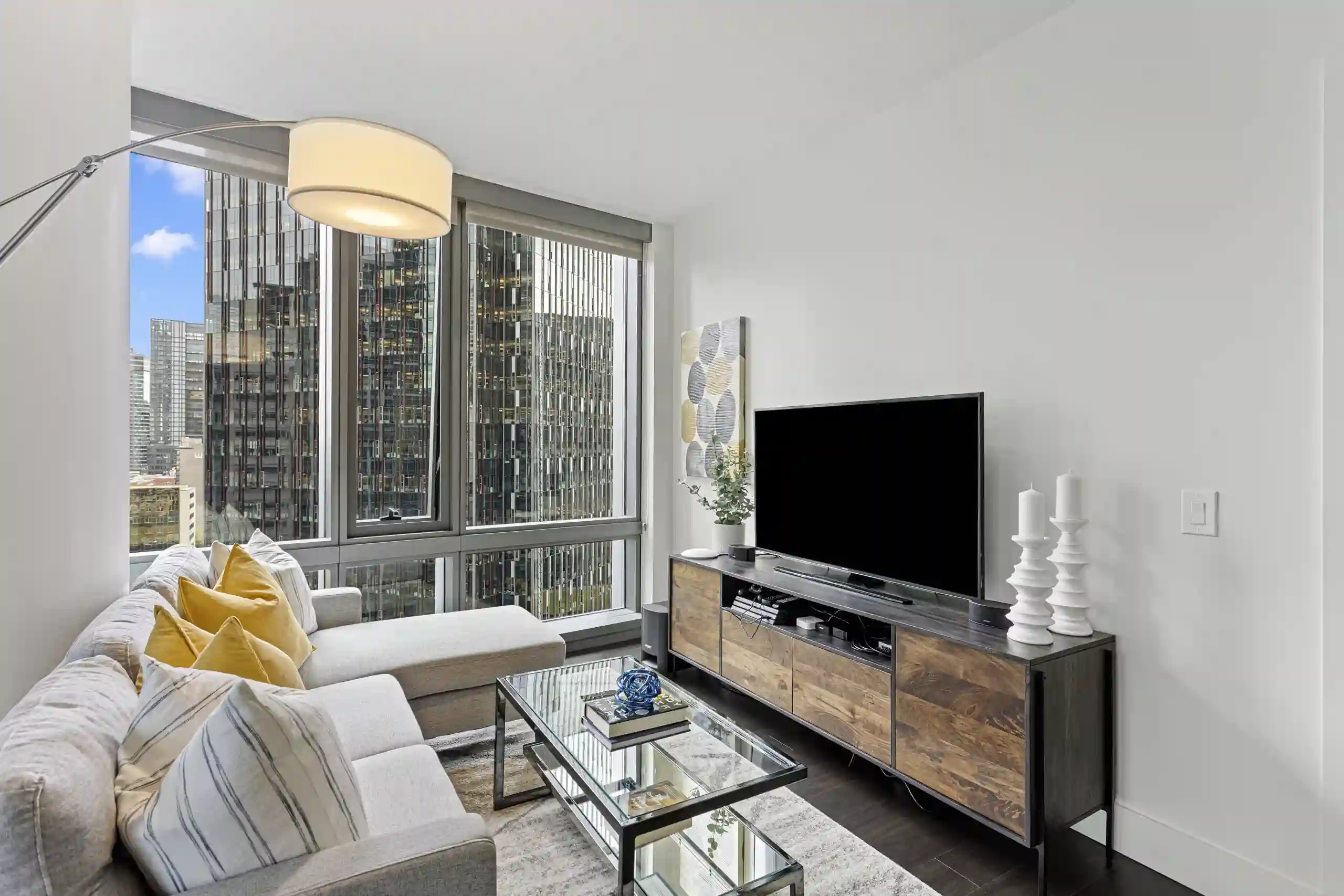Maximizing Home Sale Profits: In-Depth Analysis of Home Staging ROI Statistics
Unlocking the full potential of your home sale requires strategic planning, and one key element often overlooked is the power of home staging. An in-depth home staging ROI statistics analysis reveals its tangible impact on sale outcomes. According to studies, well-staged homes sell faster and at higher prices than their unstaged counterparts. The investment in staging pays off as it transforms a property into an irresistible visual package, capturing potential buyers’ attention and driving competitive offers.
So, if you want to learn more, join us on this insightful journey into maximizing home sale profits through the lens of house staging!
Home Staging Key Statistics and Insights
Unlocking the door to successful home selling, key statistics and insights surrounding home staging illuminate a path to optimal returns. In real estate, first impressions matter, and home staging emerges as a transformative tool. Studies consistently highlight that staged homes attract more potential buyers and command higher prices.
This section will dive into the compelling home staging statistics, providing invaluable insights into its return on investment.
Professional Home Staging Statistics
Key home staging statistics underscore the significant impact of this practice on both selling price and speed of sale. A compelling 38% of buyers’ agents attest that staging increases their clients’ offers for homes compared to non-staged counterparts.
Additionally, 41% of sellers’ agents report a rise in the dollar value buyers offer for staged homes, emphasizing the financial benefits of this investment. Staged homes also sell faster, with 48% of sellers’ agents noting a decrease in days on the market.
The return on investment (ROI) for staging is impressive, ranging from 158% to a remarkable 1194%. Over half of listing agents recommend home-staging to their clients, acknowledging its pivotal role in selling.
Despite an average monthly staging cost of $1,776, the potential gains far outweigh the investment. Notably, the living room takes importance in staging, while the guest bedroom holds less significance in this transformative process.
Do Home Buyers Expect to View Staged Homes?
Information gleaned from the Real Estate Gentpx page underscores a growing anticipation among home buyers for staged homes. According to the data, 58% of buyers’ agents recognize the positive impact of staging, highlighting the expectation among buyers for this visual enhancement.
Some agents also confirm this trend, reporting that staging positively influenced 31% of some buyers. Notably, only 9% of buyers’ agents indicate that home-staging did not affect their clients decisions. These findings emphasize the significant role staging plays in shaping buyer perceptions and decisions.
As the real estate business grows, the demand for staged homes becomes increasingly apparent, demonstrating the enduring importance of this practice in influencing buyer preferences and overall market dynamics.
Benefits of Staging a Home

Home staging offers many benefits beyond aesthetics, significantly impacting the home-selling process. Staged homes tend to sell faster and at higher prices than non-staged counterparts.
According to various studies, a well-staged home captures potential buyers’ imagination, allowing them to envision the property as their future home. This visualization often translates into quicker decisions and more competitive offers.
Furthermore, home staging helps maximize the property’s market potential. It highlights its strengths while minimizing weaknesses, creating a positive and memorable first impression. Staged homes generally stand out in online listings, attracting a broader audience and increasing the likelihood of showings.
The financial returns on home staging investment are compelling. Reports indicate that the relatively modest upfront cost of staging is recouped through a higher sale price, offering a favorable return on investment. This benefit makes staging an economically savvy strategy for sellers aiming to optimize their profits.
Beyond financial gains, home staging reduces time on the market, decreasing carrying costs and associated stress. Additionally, it fosters an emotional connection between potential buyers and the property, enhancing the likelihood of a successful sale.
Why Home Staging Works
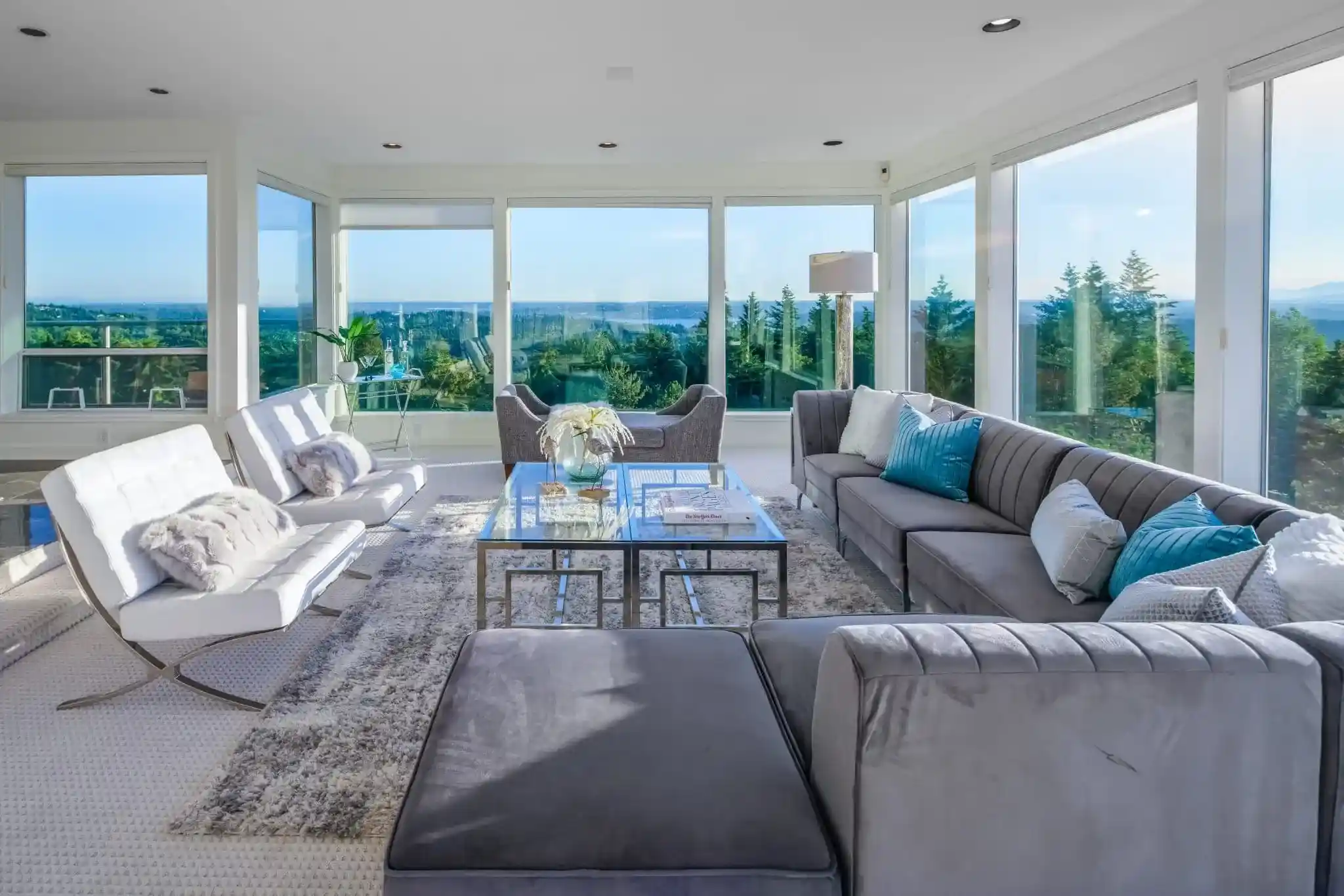
Home staging’s effectiveness is notable by tangible results, exemplified in the case study of Steel San Diego Homes, where a staged home not only sold faster but also commanded a substantial $25,000 more in the sale price. This real-world example highlights the impactful role of home staging in optimizing the selling process.
Staging transforms a property into an appealing and market-ready showcase, allowing potential buyers to envision themselves in the space. This emotional connection often translates into quicker decisions and increased offers.
The staged home’s ability to stand out in a competitive market enhances its perceived value, resulting in a higher selling price. In addition, the combination of a faster sale and increased profitability emphasizes the practical and financial merits of home staging, making it a compelling strategy for sellers seeking a swift transaction and enhanced returns on their investments.
Home Staging: Frequently Asked Questions
Navigating the world of home staging can be a complex task for sellers and buyers alike. We aim to explain the process by addressing frequently asked questions surrounding home staging.
Whether you’re a seller looking to optimize your home’s appeal or a curious buyer seeking insights into the impact of staged properties, these answers aim to clarify the intricacies of home staging, its benefits, and how it can significantly influence the outcome of a real estate transaction.
Does Home Staging Help Sell a House Faster and for More Money?
Home staging is a strategic marketing tool that aims to enhance a property’s appeal and create a favorable first impression for potential buyers.
Numerous studies suggest that well-staged homes sell faster and often at a higher price than their non-staged counterparts.
By decluttering, depersonalizing, and arranging furniture to showcase a property’s potential, staging helps buyers envision themselves living in the space. It also highlights a home’s best features while minimizing its flaws.
The investment in professional staging is to yield significant returns, making the property more attractive in a competitive market and potentially accelerating the sales process.
What’s the Difference Between Home Staging and Interior Decorating?
Home staging and interior decorating serve distinct purposes in the real estate business. Home staging focuses on preparing a property for sale, aiming to appeal to a broad audience by neutralizing decor and emphasizing a home’s potential.
It involves rearranging furniture, decluttering, and enhancing curb appeal. In contrast, interior decorating is about personalizing a space to meet the homeowner’s tastes and preferences.
It includes selecting furnishings, colors, and accessories to create a cohesive and aesthetically pleasing environment. While staging is temporary and depersonalized, interior decorating is a the long-term investment tailored to the homeowner’s style and lifestyle.
What Are the Most Important Rooms to Stage in a Home?
When staging a home, focusing on priority rooms can significantly impact its appeal. The living room tops the list, serving as a central gathering space where buyers envision their lifestyle.
The kitchen is equally crucial, as it is often considered the heart of the home. Bedrooms follow, emphasizing comfort and relaxation.
The master bedroom, in particular, should showcase a tranquil retreat. Bathrooms, especially the master bath, hold importance for their spa-like potential. Dining rooms also play a significant role, fostering a sense of family and entertainment.
Finally, outdoor spaces, like the patio or garden, enhance desirability. Prioritizing these vital areas ensures that potential buyers perceive the home’s functionality and potential lifestyle.
How Should I Prepare My Home for Staging?
Preparing your home for staging involves several steps to maximize its appeal to potential buyers. Start by decluttering and depersonalizing, removing personal items and excess furniture.
Clean and repair any visible flaws to present a well-maintained appearance. Consider a fresh coat of neutral paint to create a clean canvas. Rearrange furniture to highlight the home’s flow and showcase its best features.
Enhance curb appeal with landscaping and exterior touch-ups. Ensure optimal lighting throughout and eliminate odors. Lastly, collaborate with a professional stager who can provide valuable insights and assistance in presenting your home in the best possible light.
Are There Different Staging Strategies for Vacant vs. Occupied Homes?
Indeed, staging strategies differ for vacant and occupied homes. In vacant homes, the focus is on creating a warm, inviting atmosphere to help potential buyers envision living there. Placing furniture, art, and accessories strategically will highlight the property’s potential.
The challenge lies in depersonalizing while maintaining a comfortable feel for occupied homes. The stager works with existing furniture, repositioning and accessorizing to enhance the home’s marketability.
Both scenarios prioritize cleanliness, decluttering, and neutralizing decor. The goal is to optimize each space, making it universally appealing to prospective buyers, whether the home is vacant or still lived in.
Home Staging Seattle: Contact BSD Today
Partnering with BSD can be a strategic investment for maximizing home sale profits. Our expertise in creating visually appealing and market-ready spaces, whether vacant or occupied, enhances a property’s overall desirability. Our team contributes to faster sales and potentially higher returns by employing tailored staging strategies and emphasizing key areas. We are committed to professionalism and have a keen understanding of real estate dynamics, making us a valuable ally in optimizing your home’s presentation and financial outcome in the competitive Seattle market. Contact us today!

